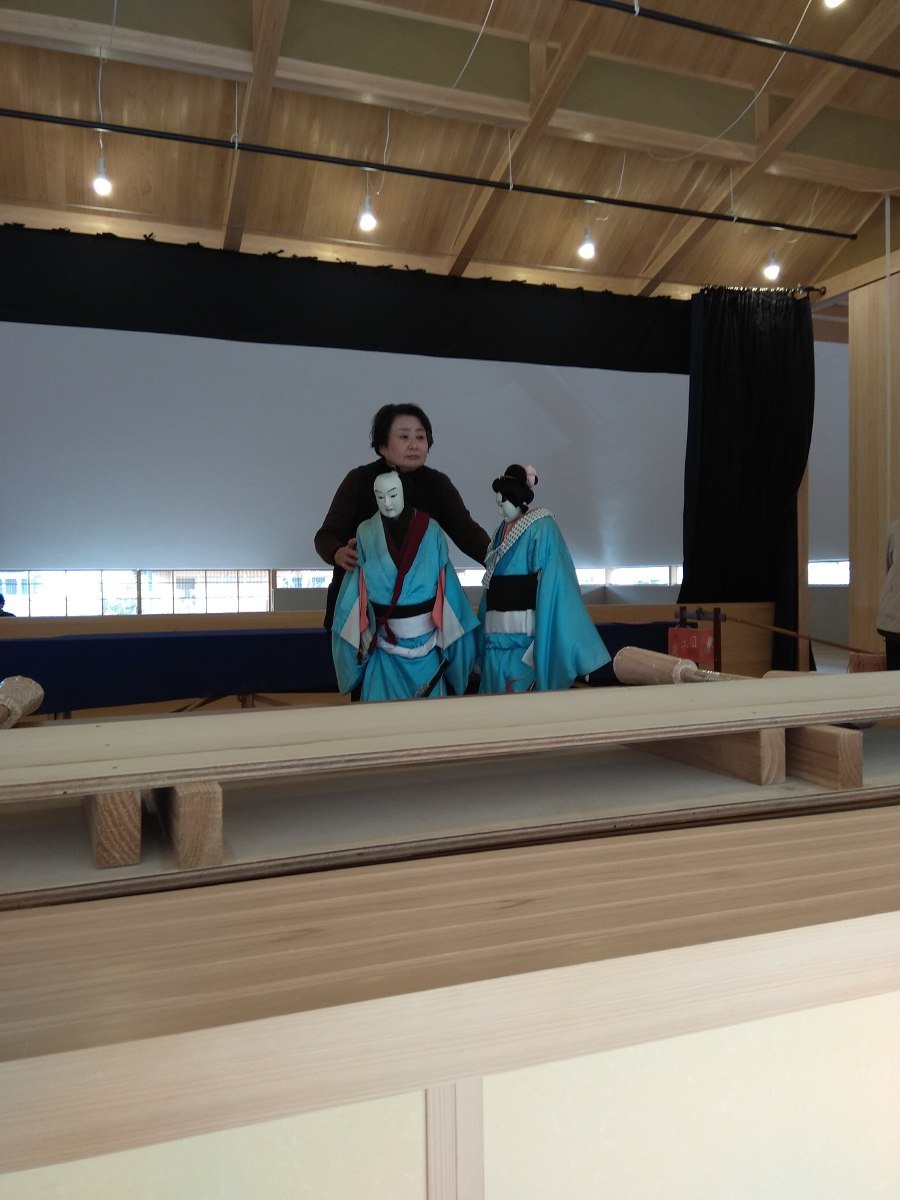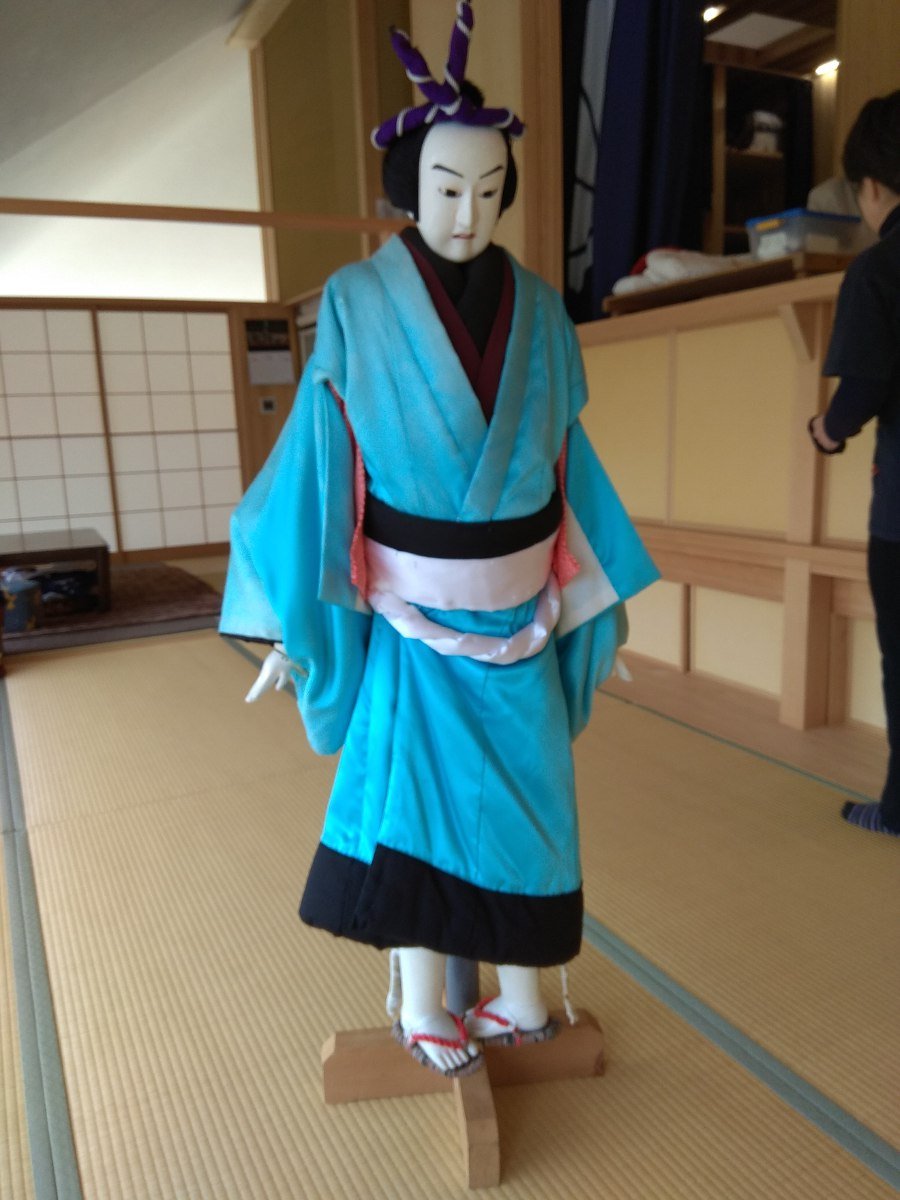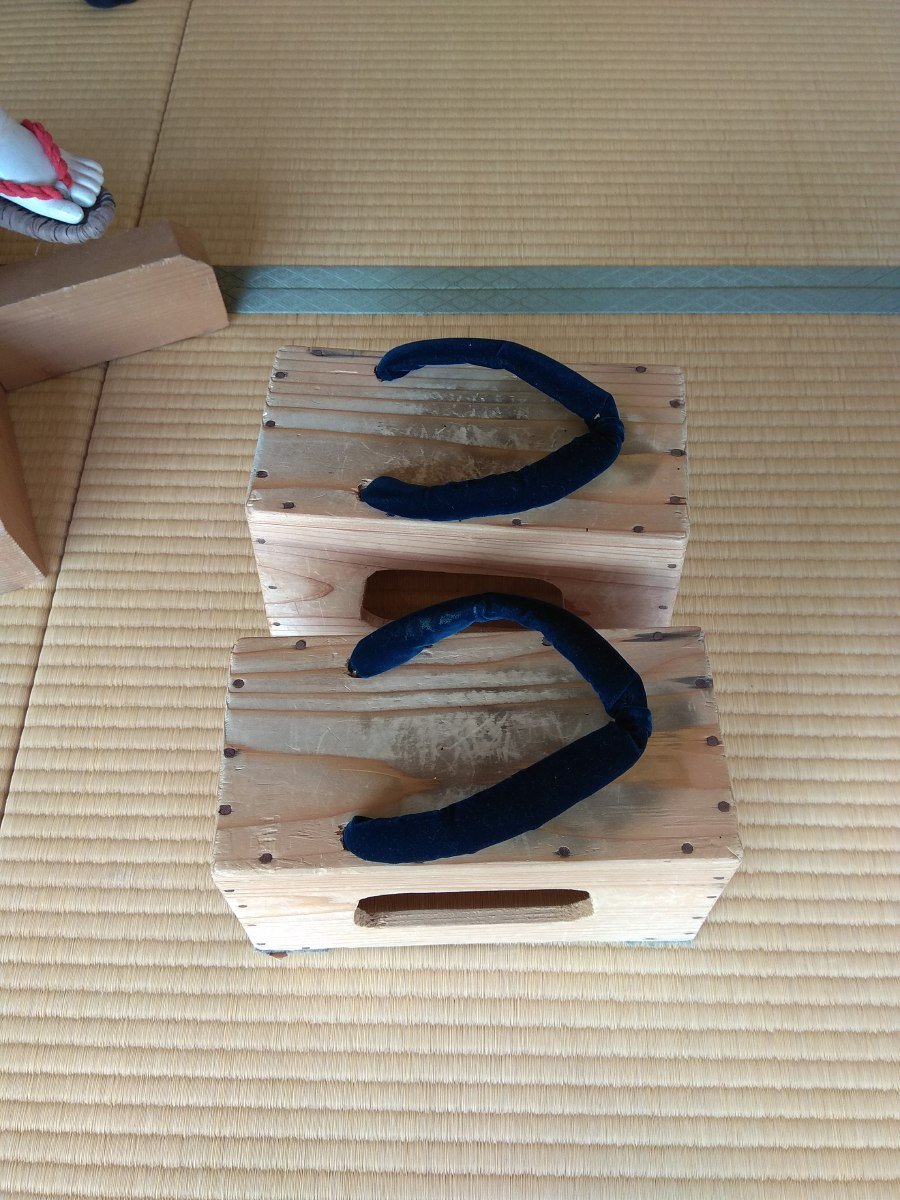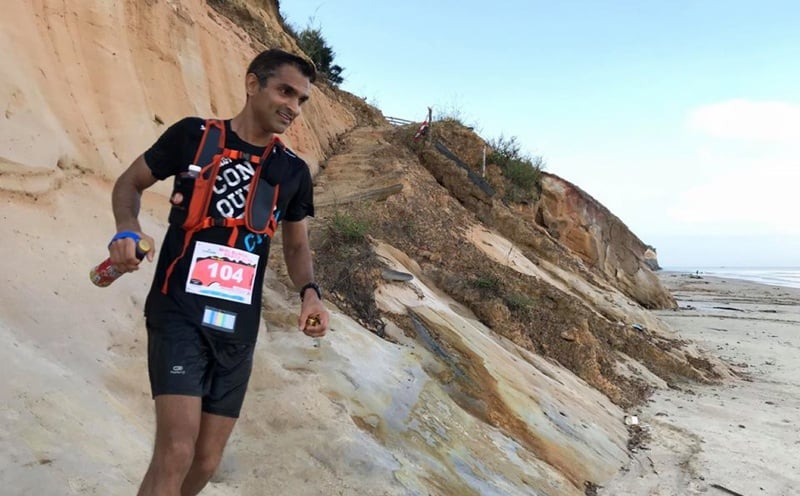An all-female puppeteer group on the island of Naoshima keeps the Japanese oral heritage alive. Rebecca Ilham writes
“DO you want to see bunraku?” I remember Mizuho asked me this question.
I met Mizuho during a trip to Japan back in 2016. She is originally from the island of Naoshima in Kagawa Prefecture, just off the coast from Okayama Prefecture on the main island.

During the trip, I discovered that Mizuho’s inaka, or hometown, has been developed since 1985 to be a modern and contemporary art site, with built-for-purpose bare concrete museums designed by one of my favourite Japanese architects, Tadao Ando. Thus, I made a resolution that the next time I return to the Kansai area, I would make time to visit this novelty island.
Then, few weeks prior to the departure, Mizuho proposed something else that is hard to pass up.
While have always been on the lookout for traditional Japanese performing art performances on travels in the Land of the Rising Sun, I am resigned to the fact that most of the performances, especially provincial ones, performed by independent small performing art troupes, are beyond foreign visitors such as myself, who have mediocre fluency in the Japanese language.
Bunraku is one of them. Sure it has a permanent, state-of-art home at the National Bunraku Theatre in Osaka, but I personally feel that nothing beats the authenticity of seeing it performed in a more intimate and less formal setting.
Thus, I didn’t hesitate to say yes.
A MASTERPIECE
An essentially a traditional puppet performance, bunraku consists of two main elements: puppet (ningyo) and joruri to tell a story, commonly local folktales. Usually a performance will feature at least one (maximum three) puppet, which is manipulated by three puppeteers, in tune with the musical dramatic narrative - joruri.
The ancient art has been gazetted as an Important Intangible Cultural Property of Japan since 1955, and in 2003 it is recognized by the United Nations Education, Scientific and Cultural Organization (UNESCO) as a Masterpiece of Oral and Intangible Heritage of Humanity.

Apart from its national home, the art also remains alive through the dedication of smaller performing troupes, such as the one in one of the major islands in the Seto Inland Sea - Naoshima.
That isn’t all, though – apart from their undeniable skills, I’m mostly excited about the fact that the group in Naoshima also stands out for one unique reason: it consists of female members only, hence its name Naoshima Onna (Women) Bunraku.
After a whole morning of a whirlwind tour to two museums and various site specific art installations all around the island, Mizuho drives to local community centre, which apart from serving as a gymnastic hall, is also where the Naoshima Onna Bunraku Group holds its practice sessions.
A PRACTICE PERFORMANCE
The building is brand new, its low-sloped hinoki (cypress) roof built in the architecture style that reminds me of gassho-zukkuri, which is usually observed in farmhouses with traditional Japanese thatched roof.
The architect responsible for the design is Hiroshi Sambuichi, and I must admit that he has succeeded in infusing a modern, polished look that is grounded in Naoshima’s proud root. This couldn’t be a more fitting home to sustain a local heritage.
We meet with leader for the bunraku group, and after a short greeting, she joins the rest of her group members on stage for their practice performance.
The stage itself is designed specifically for a bunraku performance. It is elevated from the floor, and a slightly lower than waist level partition is erected on the stage. Puppeteers take positions behind the partition, while holding the puppet(s), which appeared to be standing and walking on the surface of the partition.
We are treated to a practice performance of a popular folktale entitled “Dango Uri (The Dumpling Seller)”, which consists of two puppets dressed in light blue satin kimono costume, representing characters Kinezo and Ofuku, each one is manipulated by three female puppeteers. They are responsible for different parts of the puppet’s anatomy, based on their skills.

A puppeteer starts with manipulating the leg, and as she gains skills and experiences, moves to the left hand before is entrusted with manipulation of the right hand and head of the puppet, while balancing herself on a pair of platform-like wooden sandals.
The story, which is about the couple’s misadventures while peddling their wares, is highly entertaining. In no time at all, despite the language barrier, which is lessened by Mizuho’s interpretation, I am lulled into the melody of the joruri.
In a real performance, the joruri would be performed live by a tayu (chanter), who narrates the story in a song-like manner, accompanied by musicicans playing a traditional three-stringed instrument called shamisen. However today, the group is accompanied by an audio recording.
Still, I am captivated.
AN IMPRESSIVE REPUTATION
To be honest, performance aside, I am definitely interested in the back story of how the group comes to be exclusively female. I am expecting something feministic, something dramatic, something heroic.
After all, bunraku originates a form of court amusement among the royals during the Heaian era. A family of royals were then exiled to Japan Inland Sea area, bringing the art with them. Later bunraku was performed by the commoners, who successfully infused their folktales into the once inaccessible form of entertainment.
Originally, bunraku in Naoshima was performed by male puppeteers, before dying out in the early 20th century. Then after World War II, it was revived by three women. Since then, the art has always been passed down among a group of women on the island.
They are no professionals, but ordinary housewives who are passionate in sustaining the legacy of their heritage. Through consistent practices in between house chores and other responsibilities, they have managed to build quite a reputation for the group.
Now, apart from the contemporary art, a cultural event in Naoshima is incomplete without a bunraku performance by its female puppeteers. The group has also traveled overseas to perform at events that promote diplomatic cohesion between Japan and other countries.
Not exactly the climatic story I am expecting, but impressive nevertheless.
The puppets move so gracefully across the stage that it is hard to fathom the fact that they are not living creatures. In a real performance, the puppeteers supporting the puppets would be wearing black uniform and cover their faces with a piece of black cloth, appropriately disappearing into the dark background.
Hence it isn’t hard to imagine the puppets having a life of their own! I am later informed that these days, the main puppeteer of Onna Bunraku Group does not cover her face anymore at the request of the audience, who would like to connect with the human behind the wooden puppet.
Either way, my Japan connection now feels stronger than ever.
FAST FACTS
NAOSHIMA ONNA BUNRAKU PERFORMANCE
Naoshima Community Hall
1122-1 Naoshima
Kagawa-gun
Kagawa Prefecture
Japan
NAOSHIMA EDUCATION BOARD
1122-1 Naoshima, Kagawa-gun, Kagawa Prefecture
TEL 0878922882
EMAIL osi6629@town.naoshima.lg.jp (Mr Matsuzaki)
GETTING THERE To get to Naoshima from Osaka, take the bullet train to JR Okayama Station (1 hour), change to JR Uno line to Uno Station (50 minutes) before taking a 20-minute ferry ride from Uno Port (5-min walking distance from JR Uno station).
HOUR By appointment through application to Naoshima Board of Education
PAY 500 yen per person (min 10 person for a performance)










